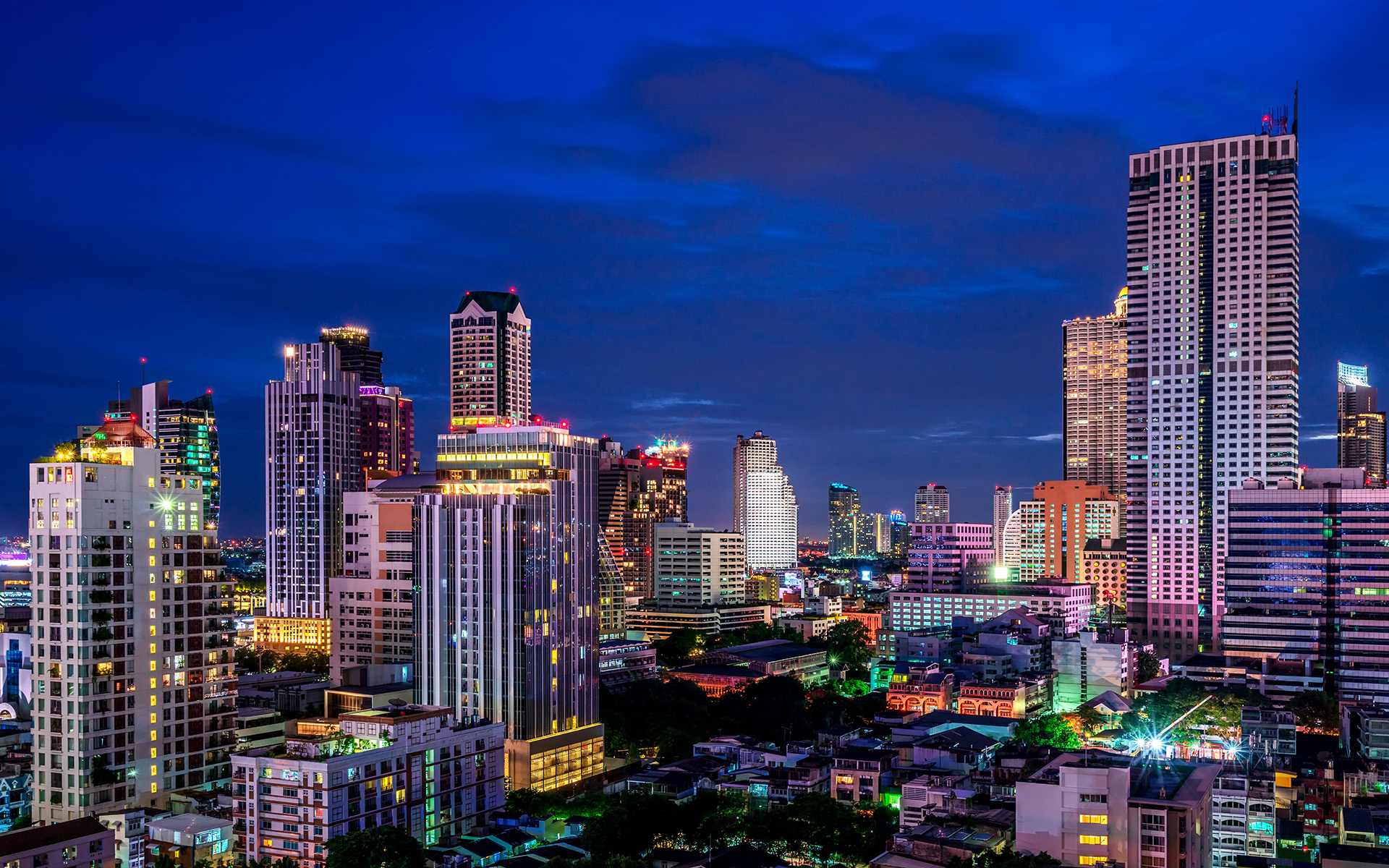Nairobi’s role as a vital transport center for landlocked neighbors and its booming air cargo and passenger flight business make it a natural mobility hub.
City Class Score
| Commercial Hubs | |
| Export Champions | |
| Mobility Connectors | |
| Climate Resilient |
Corporate HQs, MNC presence, branded outlets, hotels, manufacturing, start-up ecosystem,
transport linkages, population, and income.
Go to the class information
Manufacturing, industrial parks, export share and share change by category, air and port
infrastructure, freight time to market, trade agreements, and expert interviews.
Go to the class information
Passenger traffic, flight connectivity, air-cargo flights, port infrastructure, container
ship sailings, and major road networks.
Go to the class information
Coastal and river flooding, extreme rain, extreme heat and humidity, cyclones, and water
scarcity.
Go to the class information
Fly to Nairobi and there’s a good chance you will soar over the city’s Nairobi
National Park, a wildlife haven on the outskirts of one of Africa’s largest cities. The park’s
lions, giraffes, zebras, and rhinos graze over open plains with the city’s skyline visible in the
distance. As the plane taxis at the airport, you might also see pallets of fresh roses, carnations,
and other cut flowers being moved in temperature‑controlled containers to cargo planes destined for
markets in Europe, the Middle East, and increasingly Asia. The same climate that supports the
country’s famous wildlife also fosters one of the world’s largest flower industries.
Nairobi is a regional mobility hub, but a shift in global growth trends could propel its expansion.
The surge in regional and international tourism — especially from the burgeoning markets of Asia and
the Middle East — translates to increased air traffic. Positioned strategically, Nairobi serves as a
crucial gateway for its landlocked neighbors, positioning the city to capitalize on rising foreign
investment in the region’s domestic markets, as well as any long-term shifts in global supply
chains. While Addis Ababa presents some competition, it still cannot match Nairobi’s advantageous
geographic location.
Nairobi already ranks among Africa’s largest flight hubs, connected to
over 50 international destinations. North African cities might rank higher, but this is mainly
because of their busy corridors to Europe shuttling tourists seeking some sun. Kenya is a tourist
destination in its own right, attracting nearly 2 million visitors in 2023. Nairobi’s air cargo
flights are significant, even when compared to Asia’s major players, such as Delhi or Xi’an. Flowers
are just a part of this trade, as the country is also a major exporter of fresh fruit and
vegetables, including significant shipments of avocados to China.
Nairobi also serves as a
vital goods transshipment hub for East Africa, facilitating the movement of products to landlocked
countries in East and Central Africa. The road from the Port of Mombasa to Nairobi is often choked
with articulated trucks transporting goods to neighboring Uganda, Rwanda, and Burundi, highlighting
Nairobi’s unique role compared with mobility hubs in Asia and the Middle East. A $3.6 billion
standard gauge railway connecting Mombasa and Nairobi, constructed by China, aims to ease highway
congestion, providing a smooth journey, as one of the authors of this report can confirm.

